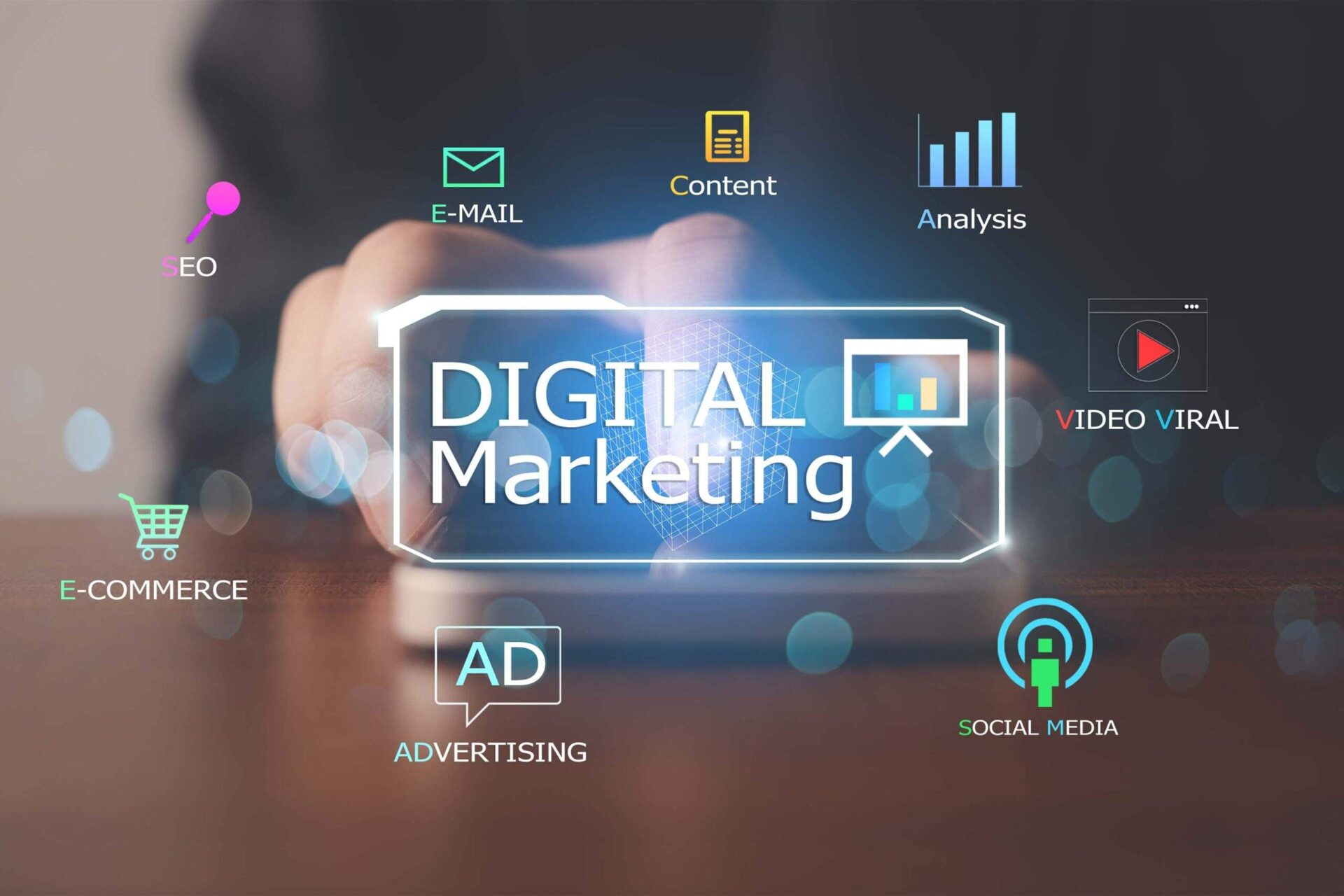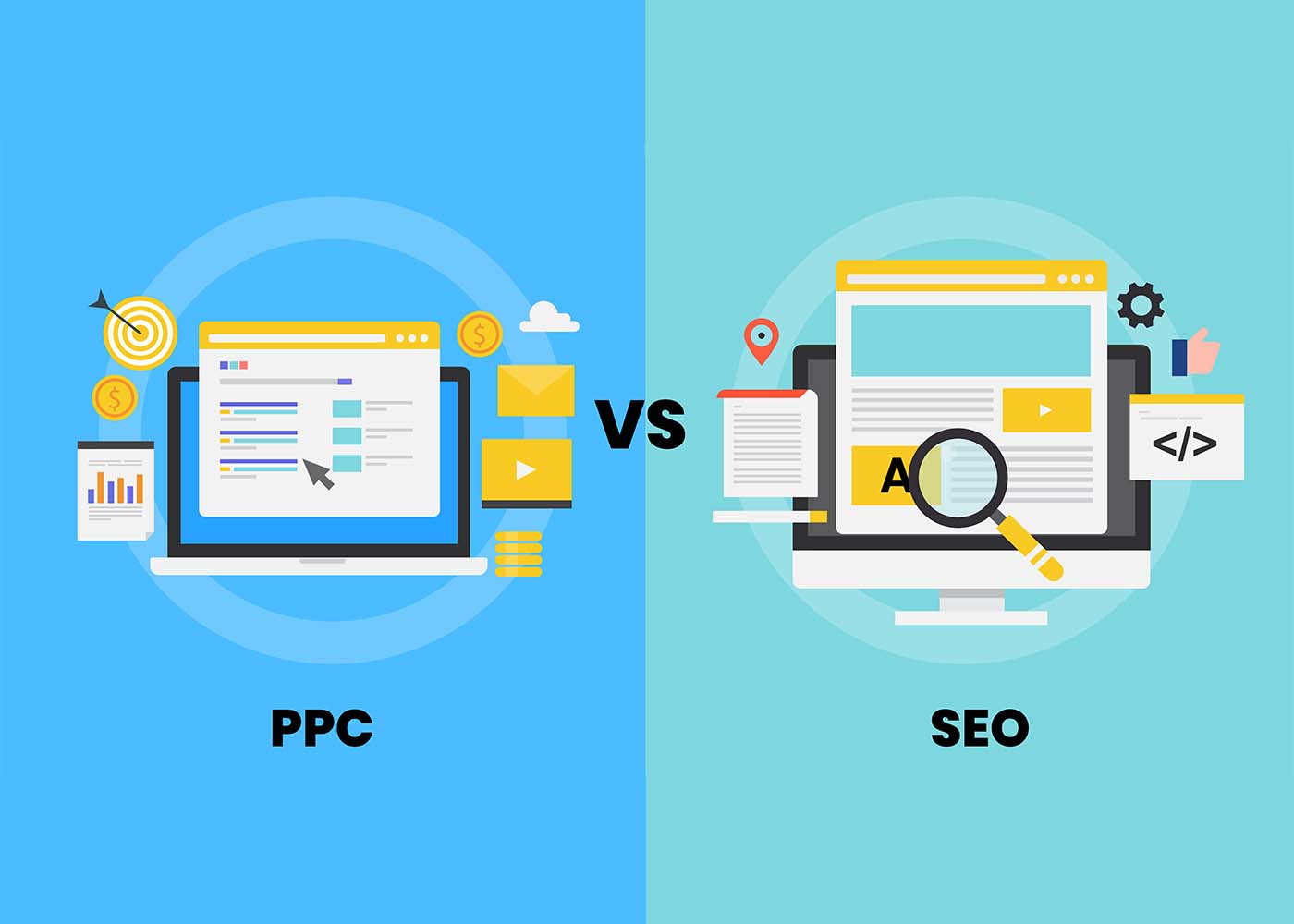The COVID-19 pandemic has finally come to an end, and it has ushered in a new era for business development across all industries. As the world navigates through an unprecedented time, many people are feeling unsettled and uncertain about what the future holds. In this evolving climate, businesses and marketers everywhere have been reeling from massive shifts in operational practices, consumer behavior trends, and marketing strategies. With stay-at-home orders bringing life to a grinding halt for months on end, companies were forced to adjust their approach to reach customers and drive sales–or risk meaningful losses. Now that restrictions are slowly beginning to lift with varying degrees of quality across different markets, organizations must explore new methods of engaging audiences if they hope to remain relevant during these uncertain times. This post will discuss how the pandemic has forever altered the role of marketing strategy, especially digital marketing strategy in our lives–and provide tactics that can help companies establish themselves as integral players within this new normal.
What is the New Normal for Digital Marketing Strategies Post-Pandemic
As the world has finally returned to some sense of normalcy, one thing is for sure – digital marketing strategies will never be the same again. The pandemic has completely altered the way we consume and interact with digital content, and businesses need to keep up with the changes to stay relevant. One trend that has emerged is the focus on empathy and understanding. Consumers want to know that they are being heard, and marketing messages that acknowledge their current situation and offer genuine solutions are likely to be more successful. Additionally, there has been a shift towards personalized and interactive experiences. Rather than simply pushing out information, businesses need to create engaging content that encourages collaboration and conversation. The new normal for digital marketing strategies are all about building meaningful connections with consumers through authentic, personalized experiences.
Understanding Your Customers in the Post-Pandemic World
The world has been through a lot since the pandemic began. We’ve seen change on an unprecedented scale, and everyone has been affected in one way or another. As we emerge from this period of upheaval, it’s clear that the fundamental psychology of people has shifted. As businesses start to rebuild and prepare for a new normal, understanding your customers has never been more important. By recognizing the impact that the pandemic has had on people’s lives, and taking into account the unforeseen trauma that many have experienced, you can gain a deeper understanding of what your customers really need and want. And by doing that, you can build stronger, more resilient relationships with them that will stand the test of time.
Increasing Engagement Through Authentic Content and Storytelling
Since the pandemic, marketing has taken on a new form. Businesses are realizing that simply pushing out advertisements and campaigns will not cut it anymore. Consumers are seeking a more genuine approach, one that uses storytelling and authentic content to create a connection between the brand and the customer. This is where post-pandemic marketing comes in. By utilizing a storytelling tone and focusing on creating engaging content, businesses can build trust and establish a loyal fanbase. It’s all about showing the human side of your brand and making an emotional connection with your audience. This not only increases engagement but also sets your brand apart in a sea of competitors. So, start crafting your brand story and use it to create a memorable and authentic experience for your customers.
Analyzing the Impact of the Pandemic on Digital Marketing Strategies
The pandemic has undoubtedly changed the way we go about our day-to-day lives, and the impact has been especially noticeable in the digital marketing world. As businesses have been forced to pivot their operations and adapt to a predominantly online environment, digital marketing strategies have become more important than ever before. From social media marketing to email marketing, companies have had to re-evaluate their tactics and shift their focus to a more digital approach. But, with new challenges arise new opportunities, and those who have been able to quickly pivot and adapt their strategies have often found success in extending their reach and connecting with new customers. In this ever-changing landscape, it’s hard to predict what the future holds, but it’s clear that digital marketing will continue to play a vital role.
The Shift in Consumer Behavior and Strategies to Respond to It
The COVID-19 pandemic forced the world to change in many ways, including how consumers behave. Companies are now tasked with finding ways to adapt to this new reality and create revolutionary marketing strategies that meet the demands of post-pandemic consumers. With people now prioritizing hygiene and safety, companies are expected to invest in these areas to increase their customer base. Additionally, remote work has become the norm, resulting in an increased demand for online shopping and virtual experiences. To succeed in this new world, businesses must focus on building a strong online presence, leveraging social media platforms, and creating personalized experiences that cater to the specific needs of their customers. By utilizing innovative marketing strategies, companies can stay ahead of the competition and thrive in the post-pandemic world.
Exploring New Channels to Engage with Consumers
With the pandemic fundamentally changing the way we live, work, and consume, businesses have had to rethink their marketing strategies. The old ways of marketing may no longer be applicable in today’s environment, and brands need to explore new channels to engage with consumers. Some revolutionary marketing strategies that brands can consider include leveraging artificial intelligence (AI) to personalize marketing messages, creating virtual experiences, and shifting towards purpose-driven marketing. By using AI, brands can analyze consumer data and create personalized marketing messages that resonate with consumers. Virtual experiences create a powerful tool for brands to create a more immersive and interactive experience that engages consumers. Lastly, purpose-driven marketing, where brands align their messages with a cause, can help build brand loyalty and differentiate from competitors. Indeed, marketers will need to think harder and smarter about how to invest their budgets and resources, but by doing so, they can position themselves to flourish in the post-pandemic world.
Utilizing technology such as Artificial Intelligence (AI) to personalize branding efforts
With cutting-edge technology like Artificial Intelligence (AI), companies can now personalize their branding efforts like never before. By utilizing AI, businesses can analyze their customers’ behavior and preferences, allowing them to create hyper-personalized marketing campaigns that cater directly to their customer’s individual needs. This not only results in faster conversions and higher engagement rates but also creates a sense of loyalty on the part of the customer. These advancements mean that businesses can now connect with their customers on an even deeper level, building a rapport that can lead to lifelong customers. So why not incorporate AI into your branding efforts today? The results could be revolutionary.
Maximizing User Experience Across Channels
Traditional marketing methods no longer guarantee success; businesses must now strive to create revolutionary strategies to stay ahead of the competition. One effective method is maximizing user experience across channels. The best marketing approach should aim at creating personalized content for each channel and different user personas. By providing customized solutions, businesses can easily create an unforgettable experience that resonates with their target audience. Whether it is through email, social media, websites, or mobile apps, companies must strive to create a seamless experience for their users, ultimately maximizing their brand equity. In the post-pandemic world, businesses need to focus on creating innovative and user-centric marketing strategies to stay ahead of the ever-changing market trends.
Developing Data-Driven Strategies For More Efficient Marketing Campaigns
With consumer behavior constantly evolving, developing data-driven strategies is fundamental to ensuring that your marketing campaigns are more efficient and effective than ever before. By leveraging data analytics tools and techniques, businesses can gain valuable insights into their customers’ behavior, preferences, and needs, thereby enabling them to create hyper-targeted campaigns that resonate with their audiences. From analyzing social media engagement to tracking website traffic, these data-driven insights can help marketers to make smarter decisions, creating campaigns that are more relevant, personalized, and likely to yield results.
Strategies to Reach Out to Old Customers and Maintain Relationships After the Pandemic
It’s no secret that recent years have been challenging for everyone, and many people have reevaluated their purchasing decisions. However, with a thoughtful strategy, companies can connect with their audience and remind them of the value they offer. Whether it’s through email marketing, social media engagement, or personalized offers, now is the time to be creative and find new ways to engage with customers. By doing so, businesses can forge stronger connections and build lasting relationships that will withstand any future challenges.

Conclusion
In conclusion, the pandemic has brought a seismic shift in digital marketing strategies and it is essential to stay up to date with changes. Businesses must stay ahead of the curve by analyzing consumer behavior shifts and utilizing new technologies such as AI to personalize their marketing efforts. Moreover, businesses should develop data-driven strategies based on the latest insights, creating personalized experiences for customers across all channels. Finally, keeping engagement high through authentic content and stories and the aim of reaching out to old customers should be part of any post-pandemic strategy. All of this combined will ensure success on digital platforms in today’s unprecedented times.






























